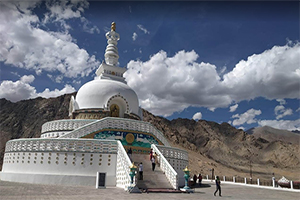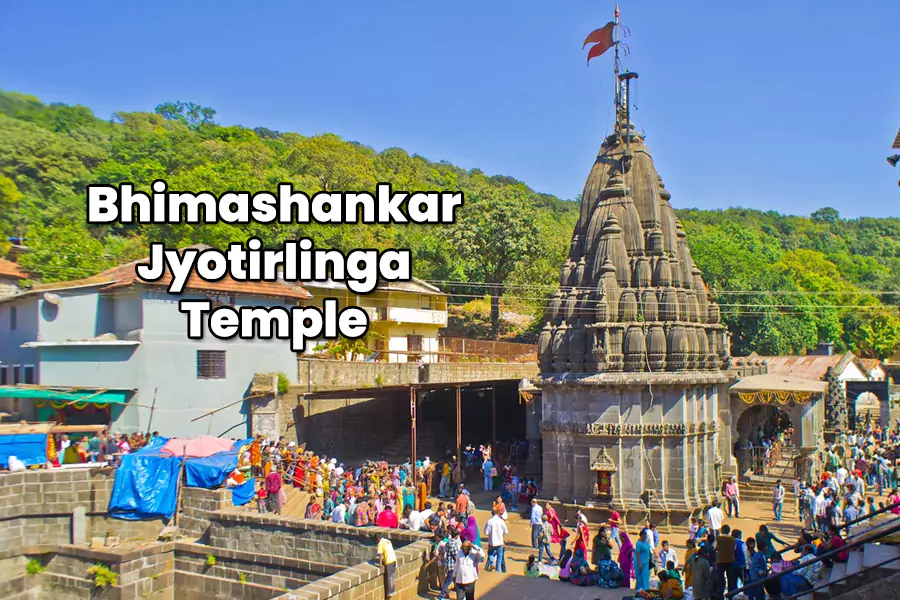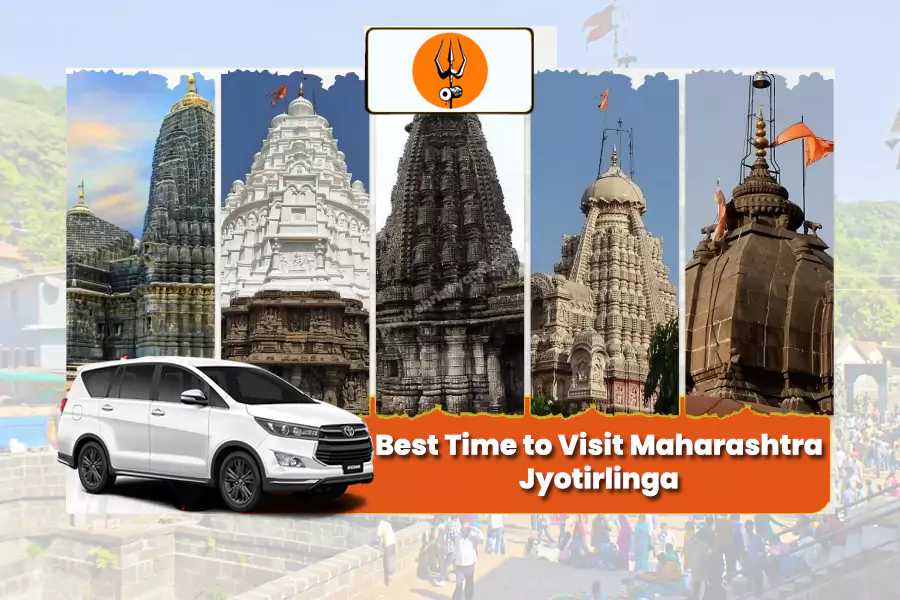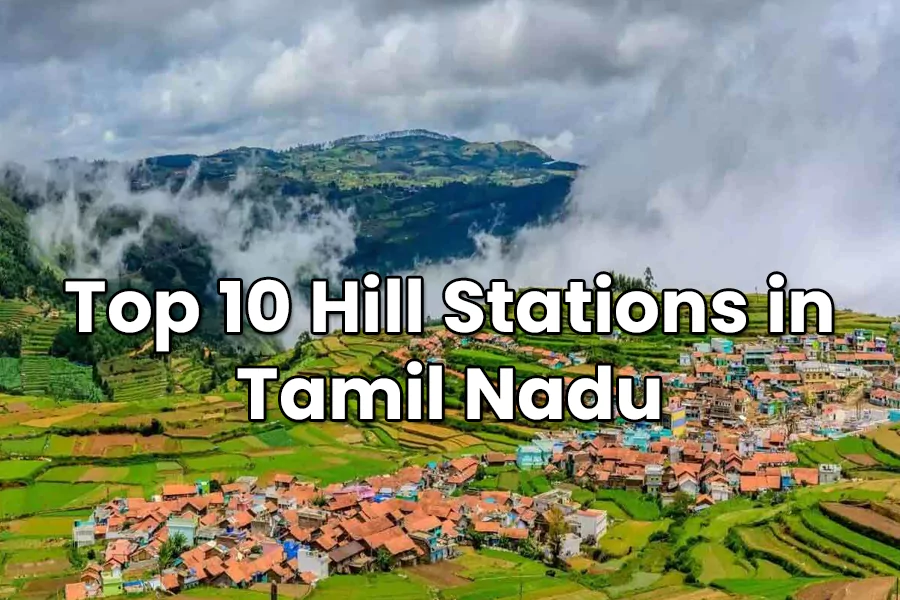The Himalayas are more than just a place on the map – they’re a proving ground for anyone who dares to cross them. Among all the routes that weave through these giant peaks, the journey from Spiti Valley to Ladakh feels truly iconic. It isn’t a resort-style holiday with lazy brunches and poolside views; it’s a demanding, high-altitude road trip that links two stark cold deserts. If you’re researching Spiti Valley Tour Packages for 2026, this 10-day Kaza to Leh itinerary will help you plan smarter, prepare better, and experience these dramatic mountains with confidence at every twist and turn.
Why the Spiti Valley to Ladakh Route is Unique
Before you roll out of Kaza, it helps to understand what this route really is. It’s not a casual mountain drive but a long, high-altitude corridor where weather, terrain, and comfort can change in minutes. You cross some of the highest motorable passes in the world and bump over stretches that feel more like rocky streambeds than roads.
On one side is Spiti, with mud-brick homes and compact, monastery-ringed villages. On the other lies Ladakh, with open valleys and cliffside gompas. When travellers book leh Ladakh Tour Packages, they often picture smooth highways and famous viewpoints, but the Kaza–Gramphu–Sarchu connector still feels wild and remote. For long distances there is no fuel and almost no mobile network, so planning and self-sufficiency are essential.
Best Time to Travel from Spiti Valley to Ladakh
This route usually stays open only from mid-June to late September.
- June: Snowmelt on Kunzum and Baralacha La creates strong water crossings and slower progress.
- July–August: Roads improve and days are milder, but monsoon showers in lower Himachal can cause landslides and delays.
- September: Clear skies, lower water levels, and golden hillsides make it a favourite month, with colder nights as a trade-off.
10-Day Spiti Valley to Ladakh Itinerary (from Kaza)
This itinerary starts in Kaza and focuses on the onward journey towards Leh and the classic Ladakh circuit.
Day 1: Kaza – Local Exploration and Preparation
Use this day to acclimatise and prepare. Visit Langza for the hilltop Buddha and fossil-strewn slopes, then ride up to Komic and Hikkim. Between stops, get your vehicle checked, refuel completely, and arrange extra jerry cans – Kaza is your last major support point.
Day 2: Kaza to Chandratal (Moon Lake)
Climb towards Kunzum Pass, circle the chortens, and take the narrow track towards Chandratal. Camping now happens in marked sites a short distance from the lake to protect the fragile ecosystem. Walk to the water towards evening and stay to watch the stars.
Day 3: Chandratal to Jispa via Batal–Gramphu
The Batal–Gramphu stretch is one of the toughest parts of the journey. Expect rocks, slush, and icy streams such as Pagal Nallah. Drive patiently and avoid sudden moves. Once you join the Manali–Leh highway at Gramphu, the smooth tarmac is a relief. Continue to Jispa, a quiet village by the Bhaga river, and rest well.
Day 4: Jispa to Sarchu
The landscape shifts as greenery fades into stark, wind-carved slopes. You cross Baralacha La and pass the emerald Suraj Tal. Keep stops short and avoid heavy exertion at this altitude. At Sarchu, where you halt for the night, thin air, cold winds, and basic camps make it important to stay warm and hydrated.
Day 5: Sarchu to Leh
This is one of the most scenic drives of the route. You wind up the Gata Loops, cruise across the wide More Plains, and crest Tanglang La. From there, you descend into the Indus Valley and reach Leh by evening. Settle into your stay and give your body and mind time to recover.
Day 6: Leh – Rest and Permits
Keep the pace slow. Arrange Inner Line Permits for Nubra, Pangong, and Turtuk online or at the DC office. In between, explore Leh Palace, browse the town’s market, and watch the sunset from Shanti Stupa.
Day 7: Leh to Nubra Valley via Khardung La
Drive up to Khardung La, pause briefly for photos, and then descend into Nubra’s wider, warmer valley. By afternoon, reach Hunder, walk on the sand dunes, and, if you like, ride the double-humped Bactrian camels with snow-dusted peaks behind you.
Day 8: Nubra to Turtuk and Back
Continue north to Turtuk, a border village that joined India in 1971. Its Balti culture, narrow lanes, and apricot orchards make it feel different from central Ladakh. Spend a few unhurried hours exploring before you return to Nubra for the night.
Day 9: Nubra to Pangong Tso via Shyok
Rather than heading back to Leh, follow the Agham–Shyok road towards Pangong Tso. Road conditions vary but the route is shorter. When the lake appears, its shifting blues and greens steal the show. Choose homestays in Man or Merak if you prefer quieter shores over the busier Spangmik side.
Day 10: Pangong Tso to Leh via Chang La
Your final major driving day takes you over steep, often chilly Chang La and back towards familiar roads near Leh. Stop at Thiksey Monastery if time allows. As you roll into town, it’s hard not to feel a quiet satisfaction at the distance and altitude you’ve covered.
What to Pack for Spiti Valley to Ladakh
Pack light but smart. Focus on layers: thermals, a warm fleece, and a windproof, waterproof jacket, plus gloves, a woollen cap, and thick socks. Carry a basic medical kit with prescribed medicines, ORS, and, if advised by a doctor, tablets to help with altitude. A small oxygen canister can be useful at very high camps.
Good UV sunglasses and sunscreen protect you from strong sunrays. Riders should carry sturdy boots or gumboots for water crossings. Download offline maps, keep a power bank handy, and remember that BSNL works in parts of Spiti, while Jio and Airtel postpaid are usually better in and around Leh.
Hidden Spots Between Spiti and Ladakh
If you have spare time and energy, add one or two of these to your plan:
- Gue Mummy (Spiti): A centuries-old, naturally preserved monk seated in meditation near Sumdo.
- Dhankar Lake (Spiti): A short but steep hike above Dhankar Monastery leading to a quiet, high-altitude lake.
- Yarab Tso (Nubra): A small “hidden” lake near Panamik with still, reflective waters and a calm setting.
Conclusion
Finishing the drive from Spiti Valley to Ladakh feels like more than ticking places off a list. The broken tracks, river crossings, and thin air push you out of your comfort zone, but the rewards – starlit skies at Chandratal, the emptiness of Sarchu, the colours of Pangong, and prayer flags snapping in the wind at high passes – stay in your memory for years. In the end, the real treasure is not just reaching these destinations, but everything this demanding road quietly teaches you along the way.














